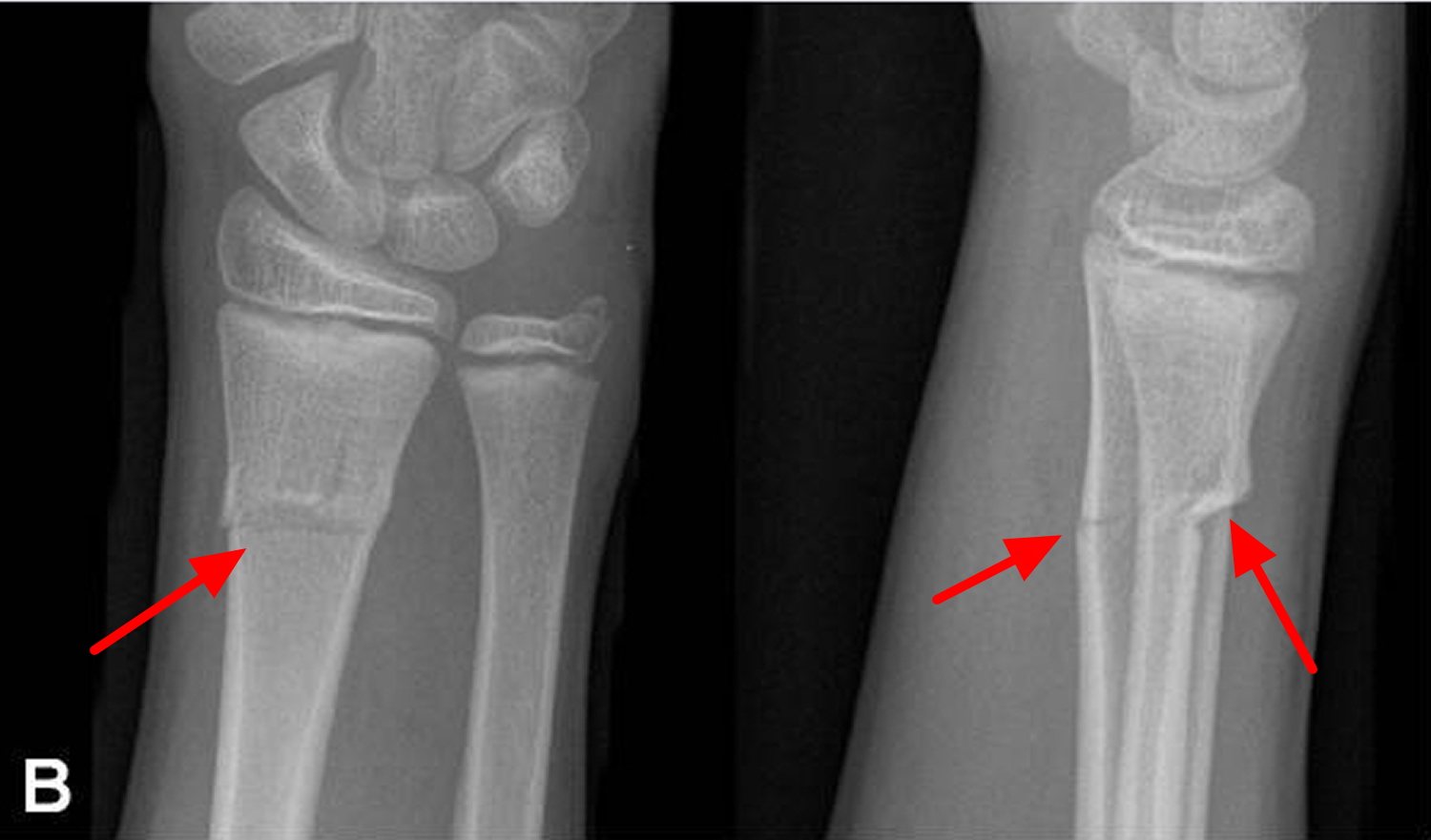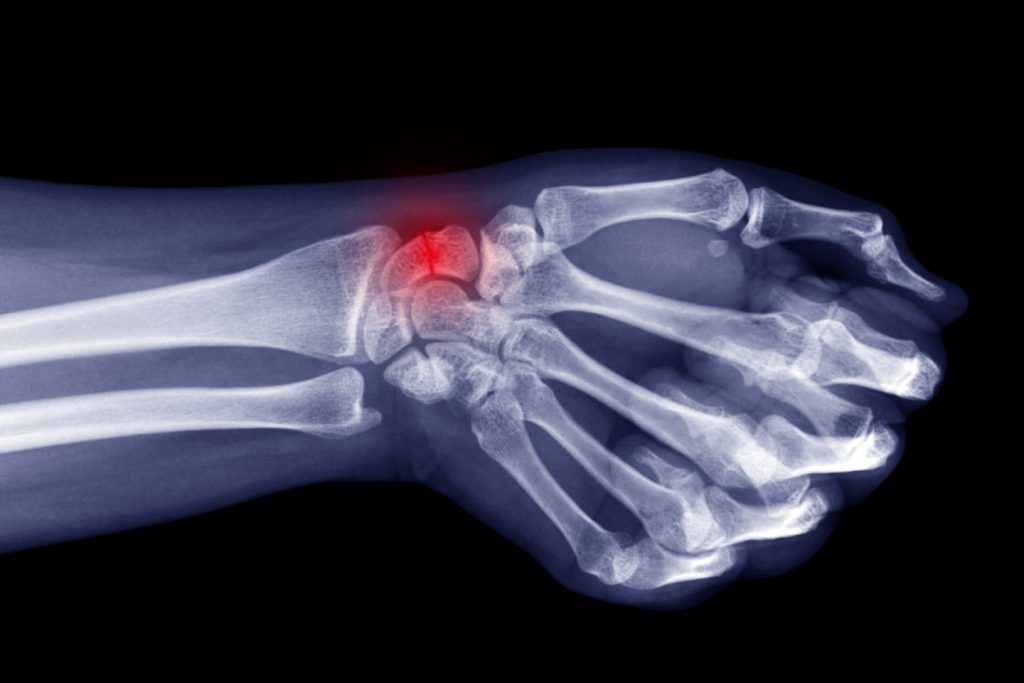

Why doesn’t my child need a follow-up appointment? Kids Health Info fact sheet: Plaster cast care.Avoid contact sports for six weeks after the injury.Most children will not need a follow-up appointment or X-ray, because buckle fractures usually heal quickly without any problems.Your child should wear a removable backslab (partial cast) or splint for three weeks.A buckle fracture in the wrist is a small area of compressed bone.your child will not use their wrist, hand or fingers within two to three days of the back slab or splint being removed.your child’s wrist remains very painful or swollen three weeks after the injury.Contact sports (or rough and tumble play) should be avoided for six weeks after the injury. Wrist movement may be a little stiff and sore at first. Three weeks after their injury, your child can just stop wearing their backslab or splint.

Further X-rays or physiotherapy are usually not required. Never cut or attempt to modify the cast, and make sure you avoid getting it wet.īecause buckle injuries are stable and heal quickly without problems, most children will not need a follow-up appointment with the GP or hospital. Give the pain relief medication as required, following the directions on the packet or as directed by the Although immobilising the arm with the backslab or splint will help to reduce the pain, additional pain relief (e.g. An arm sling is optional, and may help reduce any pain orīuckle injuries may be painful. If you think your child has a fracture and you are looking for first aid advice, see our fact sheetīuckle injuries are treated by wearing a removable backslab (a partial cast held in place with bandages) or ready-made splint, which should be worn as much as possible but can be removed for bathing or showering. This fact sheet provides information on what to do once your child has been treated in hospital for a buckle injury. There is no deformity in the wrist, which means the wrist will The wrist may be tender, slightly swollen, and painful to move. The bone will have a very small fracture, which is so minor that it may be difficult to see on X-ray. Surgical repair of pediatric hand and wrist fractures is rarely required in situations where the bone cannot be set straight or if it not healing properly with cast treatment.A buckle injury of the wrist is a small area of compressed bone. Sometime the fracture will need to be “set” straight before splinting. Delayed treatment of pediatric fractures can lead to undesirable outcomes including malunion (bone doesn’t heal straight), and nonunion (bone doesn’t heal at all).Īnd casting are the mainstays of nonoperative treatment for fractures that are stable and not badly displaced (out of alignment). Even without these warning signs, it is best to seek urgent treatment so that the fracture can be set straight and Or “tight” swelling, significant deformity, or any open wounds around the hand or wrist (possible open or compound fracture). Suspected hand and wrist fractures warrant emergent treatment if your child is experiencing hand numbness and tingling, severe Yes! Some fractures are obvious if there is a deformity, but typically X-ray is used to definitively diagnose the fracture and plan treatment. Is There a Test for Hand and Wrist Fractures? Finger hyperextension / jamming injuries.Direct blows to the hand or wrist (sports, vehicle accidents).Fall onto an outstretched hand (most common).Most hand and wrist fractures in children are caused by injuries: The fractures occur around the soft growth plates at the wrist and bases of the fingers. Because children’s bones are more flexible than adults’, sometimes they “bend” or “buckle” like a “green stick” rather than cracking. These are all just different ways of describing a fracture. You’ve been told the bone was “broken”, “hairline”, “green stick”, “buckled”, “cracked”, “chipped”, “split”, “shattered”, or “splintered”, Fractures are simply breaks or cracks in the bone.

Unfortunately, fractures are a right-of-passage for most children.

Of all ages, and when they land on their outstretched hand or wrist, injuries can occur. Kids are active, but not always graceful! Falls happen to children What Are Pediatric Hand and Wrist Fractures?


 0 kommentar(er)
0 kommentar(er)
